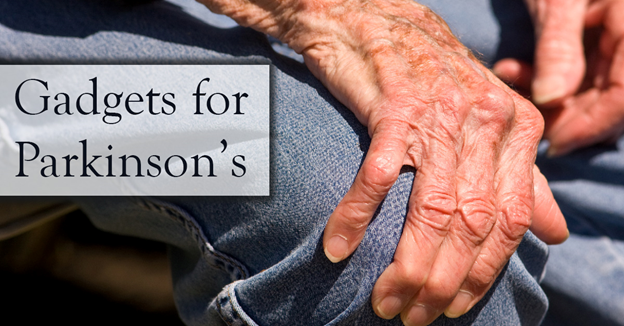
Knee pain is a common issue, and most people will experience it at some point in their lives. Many learn to live with knee pain. However, if the pain becomes so severe that daily activities become hard to perform, knee replacement surgery might become the only option.
Preparation for knee replacement surgery begins several weeks before the date of the surgery. Everyone who has this surgery must follow a fairly strict regimen of therapy and rest to heal properly and avoid complications. It is important to prepare for the surgery physically, but it is equally important to make sure the home is ready as well. Before going to the hospital for surgery, there are some things that need to be checked to make sure the transition from hospital to home is as smooth and comfortable as possible. Below are a few ideas to help prepare the home:
- Set up a bed on the first floor if possible.
- Have a bathroom or portable commode on the same floor where most of the day is spent.
- Stock up on canned or frozen easy to fix meals.
- Make sure everything is within reach without getting on the tiptoes or bending low.
- Have medication within easy reach.
- Use a walker, cane, shower chair, and other helpful devices during recovery.
Recovering from knee replacement surgery can make doing the simplest tasks a challenge. Ask a loved one to stay throughout the recovery period. Additionally, ask your doctor about sending home health. Home health can help with wound care, medication management, pain management, fall prevention, and more.











